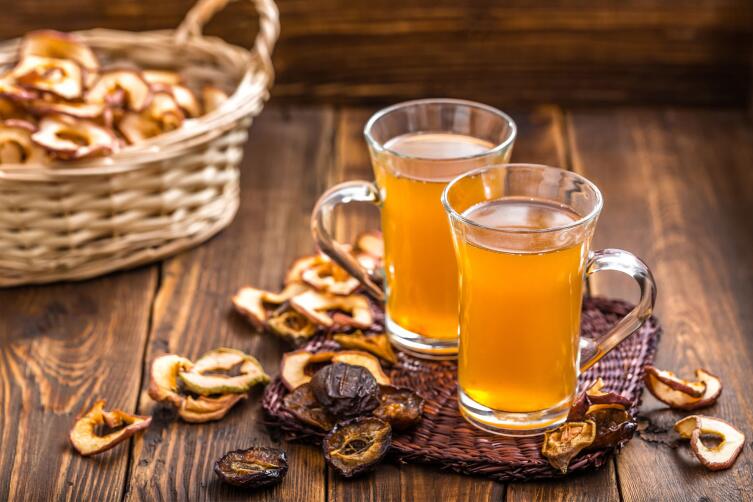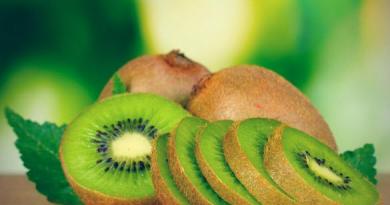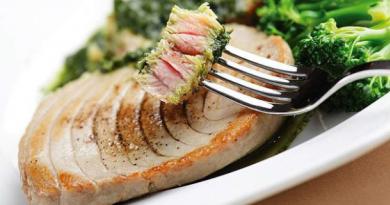Dried fruits are products obtained by the most interesting and ancient method of preservation: by drying under certain conditions or in special devices for evaporating moisture. dried fruit (in the sun, in the shade) is the most environmentally friendly. In this way, the fruits of fruit trees are often harvested, which will then be used to prepare a decoction, compote: apples, pears, etc.
But the mass producers of dried fruits, unfortunately, often sin by using various methods to speed up the process and give the final product a marketable appearance (for example, they use all kinds of chemicals). All this can adversely affect the quality of dried fruits and even be harmful to health. But properly made dried fruits, using the right eco-technologies, are just a storehouse of benefits for the body.
Source: Depositphotos
Types of dried fruits
The most affordable dried fruits are just the very same "blanks for compote" from domestic pears and apples. In addition to them, there are many more dried fruits. In addition, they often include candied fruits and even marshmallows. In connection with this diversity, all dried fruits are classified according to various criteria.
First, by preservation method: natural drying or artificial.
Also an important criterion for the separation of dried fruits into types is the process of preliminary fruit preparation before drying. Fruit can be:
- Processed or unprocessed.
- Chopped or whole.
- With or without bones, etc.
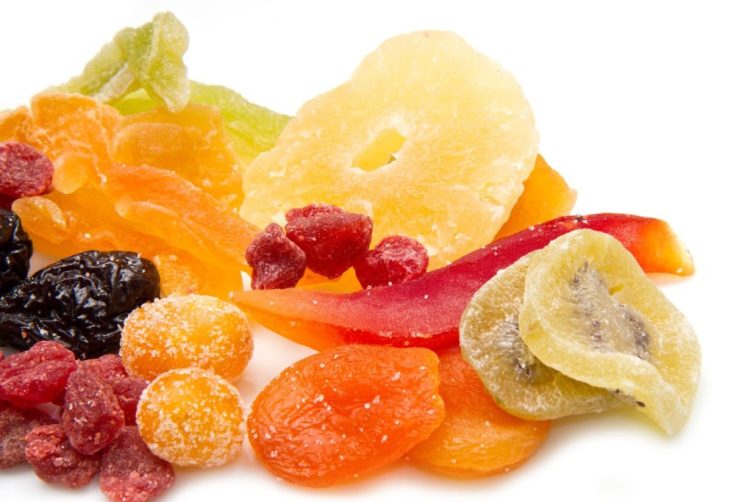 Source: Depositphotos
Source: Depositphotos The classification takes into account raw material quality(highest grade, extra, table). But, of course, the most basic classification criterion is the type of fruit itself, from which dried fruits are “prepared”.
The whole variety of fruits that can be dried is divided into local and exotic.
- To "domestic" dried fruits include a "set for compote" of dried pears, apples, plums (which are called prunes). Also, to some extent, local raw materials of dried fruits are grapes (turned into raisins) and apricots (the basis of dried apricots). In addition, cherries, quince, rose hips, cranberries, raspberries and strawberries can serve as the basis for dried fruits.
- From exotic dried fruits on the shelves of domestic shops and markets you can see dates and figs, dried bananas and pineapples, mangoes and papaya.
By the way, the candied fruits mentioned above still should not be put on the same rank with dried fruits. Since the process of their production includes the stage of soaking / boiling in sugar syrup. 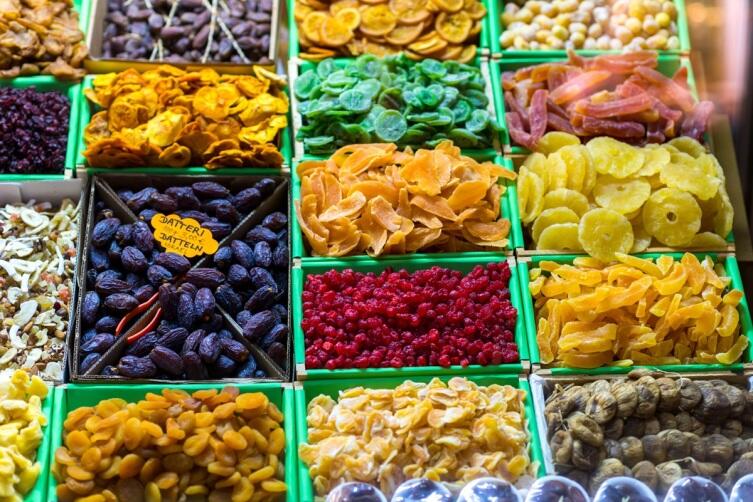 Source: Depositphotos
Source: Depositphotos
Multifaceted benefits
Some fruits lose their vitamins and other useful substances during the drying process, but, nevertheless, this does not detract from their merits. The use of dried fruits has an extremely beneficial effect on the functioning of many organs and body systems. The benefits of such delicacies will be for the gastrointestinal tract, and for the heart, and for the nervous system.
But, as noted earlier, dried fruits are different from dried fruits, therefore it is worth noting separately the beneficial effect on the body of their different types:
- raisin(one of the champions among dried fruits in terms of the degree of preservation of vitamins and trace elements during drying) - has almost the same beneficial properties as fresh grapes, strengthens the nervous system, has a positive effect on the immune system and the cardiovascular system;
- dried apples(the most accessible part of the decoction) - due to the concentration of iron, they improve the condition of the circulatory system;
- dried apricots- reduces the risk of anemia and blockage of blood vessels, is the prevention of gastrointestinal diseases, and also (attention, fair sex!) Positively affects the condition of the skin and hair;
- - this is what your gastrointestinal tract will say “thank you” for: the use of prunes, although fraught with a slight laxative and diuretic effect, helps to cleanse and improve the functioning of all organs of the gastrointestinal tract.
